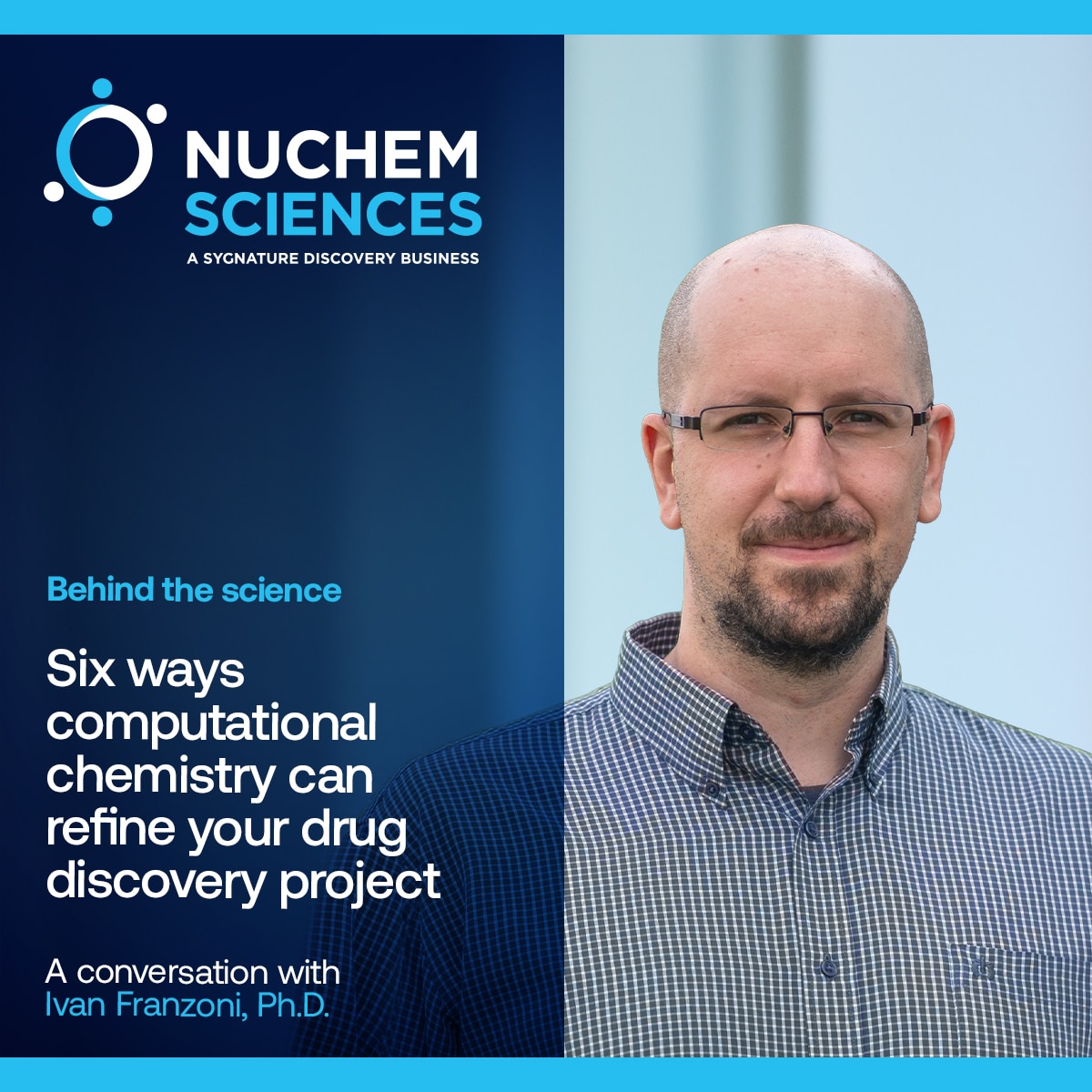6 ways computational chemistry can refine your drug discovery project
November 18, 2021
Using theory and informatic tools to help solve complex chemical problems, computational chemistry has revolutionized the way we practice science and develop drugs.
As a branch of chemistry that is behind multiple Nobel prizes, computational approaches are growing ever more important in drug discovery and medicinal chemistry, especially when it comes to finding solutions to difficult challenges.
Here are five ways that computational chemistry can overcome barriers in drug development.

1. When there is no structural information available
We’ve all been there: we’d like to carry out a screening of virtual databases for a drug design project, but we don’t have the structural information for the target (e.g., an enzyme, receptor, known binding mode, etc.) In other cases, there may be existing data, but it is unsatisfactory.
This isn’t the end of the road for your project. Three computational chemistry strategies can be helpful here:
- Even in the absence of a crystal structure for a target, a homology model can be obtained on the bases of closely related proteins or available structures from other organisms. This model can then be applied to a structure-based study to identify the best candidates for purchase and testing.
- Pharmacophore elucidation can help when no structures are available, but a significant amount of biological data or SAR studies is reported in the literature or is in your possession. A comprehensive search of 2D structures can be combined with activity data to rationalize specific types of interactions that characterize the most potent compounds. At the same time, you can find out which interactions may be detrimental for binding and activity.
- In some cases, a structural basis approach is not suitable even if the target’s structural information is available. This often occurs for proteins that exist in diverse conformations. However, a ligand-based approach is still a possibility. Surveying current literature and collecting data from existing databases may allow the generation of 2D models based solely on chemical structures and a combination of physicochemical descriptors. These quantitative structure-activity relationship (QSAR) models can tackle diverse aspects of the compounds (e.g., activity, solubility, permeability, etc.), allowing the prioritization as well as de novo design of chemical matter to improve the activity and pharmacological properties of the compounds.
2. When a team have a large amount of data from a screening campaign, and would like to find specific information efficiently
The good news? A HTS campaign yielded a large amount of data for your drug discovery project! The not-so-good news? Analyzing all that data by conventional means to find specific information for the design of new molecules can be difficult and time-consuming.
This is where computational chemistry can be particularly beneficial. State-of-the-art software and specifically designed tools can help comb through numerical and physicochemical data to find the most effective molecules.
Options include anything from computer-aided SAR analysis to more advanced QSAR models, data clustering, molecular match pairs identification, principal component analysis, and many other customized approaches, this approach can help kickstart next steps in drug development projects.
3. When an idea for a drug development project is not fully supported in the literature
While many ideas for the design and development of new pharmaceuticals are inspired by precedents in scientific and patent literature, this isn’t always the case!
If concrete support in the literature isn’t available, medicinal and computational chemists could come together to identify potential challenges and solutions, while creating a path-forward plan to making it a reality.
From a computational perspective, this would involve using any in silico tools available and would encompass structure- and ligand-based approaches as well as purely cheminformatic data analysis strategies.
4. When we have preliminary data on the activity of a few molecules, and would like to explore related compounds that are commercially available
Having preliminary data on the activity of a few molecules is a great start. However, chemists might want to acquire more insights into the structure-activity relationship around a certain molecular scaffold before starting the de novo synthesis of new chemical matter.
This is known as Catalogue SAR and involves exploring the chemical structures of the compound(s) of interest in commercial databases. Then, interesting and related available compounds are purchased and tested.
Although computational chemistry software is not always essential for this kind of analysis, it can help it more efficient.
From high-throughput filtering of compounds based on physicochemical properties (e.g., molecular weight, logP, TPSA, etc.) and structural similarity (e.g., Tanimoto coefficients) to making the management of large databases easier, computational resources have been shown to be an extremely valuable tool in these processes.
5. When we would like to carry out a virtual screening campaign to identify hits for further development
In cases when drug designers want to identify hits for further development, a virtual screening campaign is crucial.
Computational chemistry facilities can be used to analyze available structural data on a specific target to generate an appropriate model and define an approach for a docking study. Publicly available or proprietary databases, consisting of thousands (if not millions) of compounds, can then be filtered according to the system, physicochemical properties and the project’s specific goals.
The findings from this research can then be submitted to computational analysis.
6. When we have multiple ideas and we do not really know where to start or how to realize them
It can happen to anyone: waking up in the middle of the night with a great idea but then realizing that we are not sure where to start. And what about when this happens several nights a week?
Computational chemistry can guide you! In collaboration with medicinal chemists, computational chemistry has the unique possibility of shedding light into the most intimate aspects of a drug discovery project. The option to evaluate multiple ideas in an efficient way and apply state-of-the-art technology allows scientists to define a clear plan to explore innovative ideas and to find solutions on the way.
In these cases, the full extent of all the available computational tools can be applied to best tackle the challenges. Each program has its own peculiarities, and the possibility to interlock diverse approaches from a computational tool is the perfect recipe for success.
Interested in hearing more about the impact that computational chemistry could have on your drug design project? Read our interview with computational chemist Dr. Ivan Franzoni or contact us.

Transform Ideas Through Science
A drug discovery and chemical development contract research organization.
News & Events
NuChem Sciences Inc.
2350 Rue Cohen Suite 201
Saint-Laurent, Quebec
Canada H4R 2N6
514 416 5659
